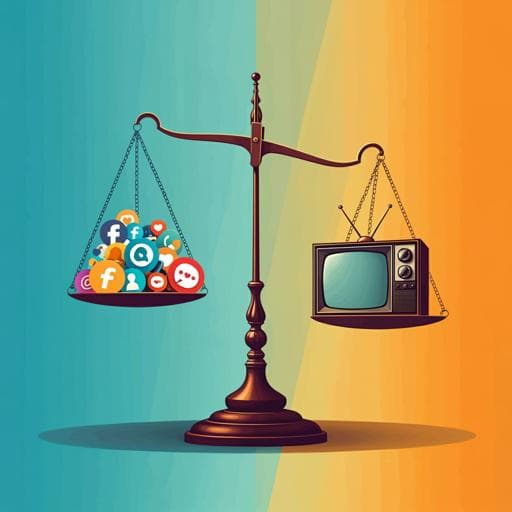
Psychology
Perceived weight-related stigma, loneliness, and mental wellbeing during COVID-19 in people with obesity: A cross-sectional study from ten European countries
R. A. Jones, P. Christiansen, et al.
Discover the insights from a cross-sectional study involving 2882 respondents across ten European countries. This research delves into how media representation of obesity influences mental wellbeing during the COVID-19 pandemic and the nuanced role of loneliness. Conducted by a team of experts including Rebecca A. Jones and Paul Christiansen, this study showcases the complex relationship between media portrayals and mental health outcomes.
~3 min • Beginner • English
Related Publications
Explore these studies to deepen your understanding of the subject.







